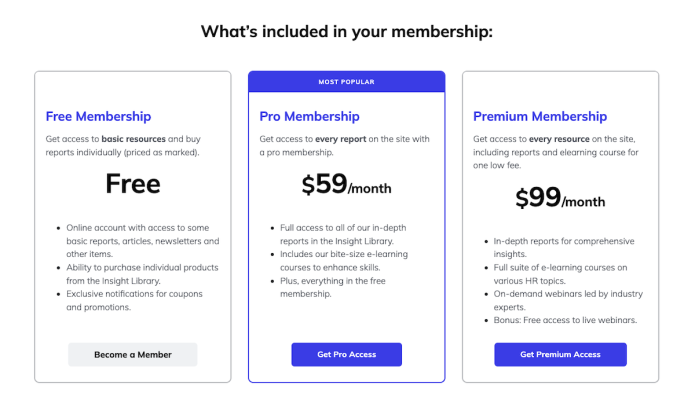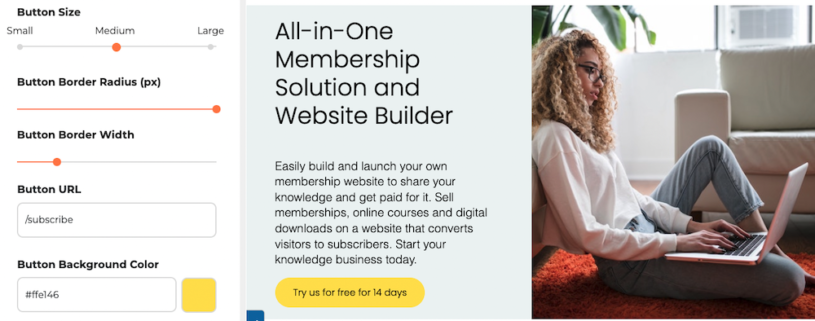
First Impressions Matter!
Your website’s homepage is the first point of contact between you and a potential member. This means that it’s essential to have a homepage that is visually appealing, easy to navigate, and conveys your brand message in a clear and concise manner.
A well-designed homepage should effectively communicate the value of membership to your target audience and encourage them to scroll further. You don’t want to give a visitor any reason to bounce.
That’s why it’s important to regularly audit your website's homepage and ensure that it accurately reflects your business, products, and services. In general, it’s recommended to review and refresh your website homepage at least every six months so that it remains relevant, engaging, and aligned with your business goals.
A well-designed homepage can also help to increase website traffic, lead generation, and ultimately, drive more conversions for your business.
Updating your homepage with fresh content, new graphics or the latest news in your industry can help to keep your visitors engaged and drive more traffic to your website.
It’s also important to regularly monitor your website's performance metrics and user feedback to identify areas for improvement.
Here are key homepage areas to focus on and reassess:
Keep up with website design trends: Don’t let your homepage look outdated. A refreshed homepage will be more appealing to visitors. Even simple design updates can make a homepage more stylish. For example, applying the current trend for rounded corners to your buttons and images will have a significant design impact.
Enhance your SEO: Your banner headline and subheadline need to communicate what your website is about. It should contain your keywords and speak directly to your target audience. A homepage with optimized content can improve your website's search engine ranking, leading to increased traffic and visibility.
Improve the user experience: Make sure your website is easy for visitors to navigate and find what they need. Content should be clearly organised. A visitor shouldn’t have to negotiate multiple clicks to get to the intended page.
Address user needs: Your homepage shouldn’t overwhelm a visitor. Don’t include large blocks of copy. Keep in mind that users scan web pages. They don’t read them. Keep your homepage copy short and concise. Include descriptive headings that incorporate your keywords. You only have a few seconds to make an impact. Don’t waste them.
Optimised for mobile devices: Check the display and responsiveness of your homepage on various screen sizes. This is easily done using Chrome developer tools which are built into your Chrome browser.
Also test the loading speed of your homepage. A slow loading page is a bad user experience. The typical culprit of a slow loading page are large images. Analyse your website's homepage speed with Google's PageSpeed Insights. It gives a page score out of 100 for both mobile and desktop versions and provides suggestions on how to improve its performance.
Lastly, after the homepage refresh is complete, request that Google index it right away so you benefit from the updates made.
The importance of an effective homepage can’t be minimised. By regularly reviewing and refreshing your homepage, you’re ensuring that it remains persuasive in communicating your brand’s value and converting visitors to members.




